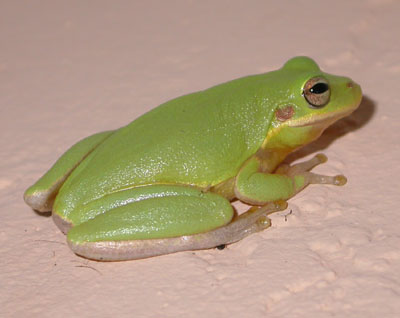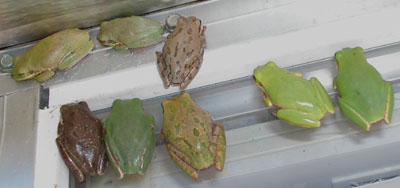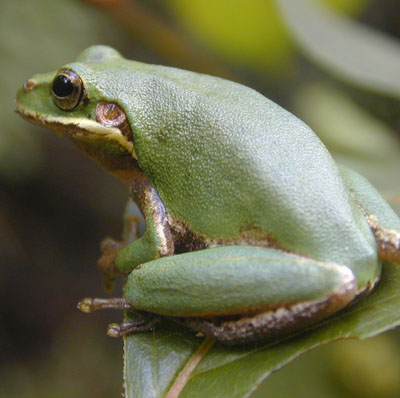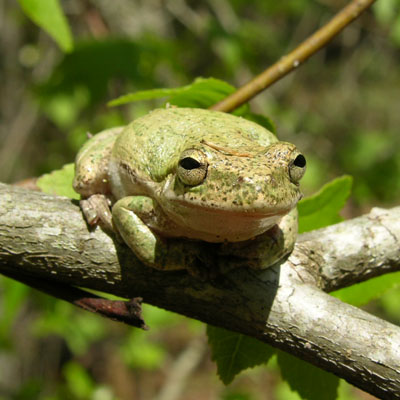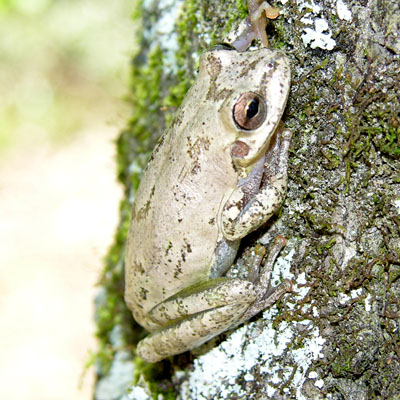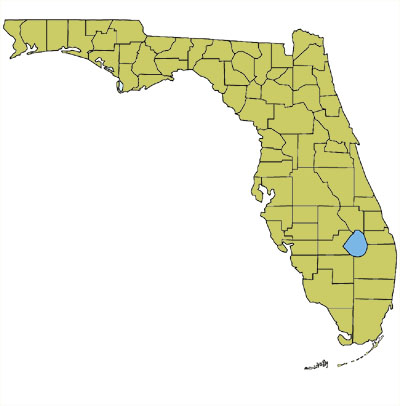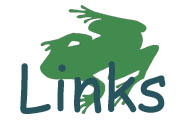Florida's Frogs & Toads
Treefrogs (Family Hylidae)
_________________________________________________________
Squirrel Treefrog
(Hyla squirella)
Squirrel Treefrog (click on small images to view larger)
Photos by Dr. Steve A. Johnson (UF). To obtain permission to use these photos for educational purposes, email tadpole@ufl.edu.
Size:
Usually 1 to 1.5 in.
Identification:
Body is tan, green, gray, or brown, and may be marked with splotches; skin is smooth. Upper lip is often yellowish on bright green individuals. Sides may be marked with broken, whitish stripes. Like other treefrogs, this species has enlarged, sticky toepads. Squirrel Treefrogs are often distinguished from other similar species by process of elimination.
Breeding:
March to August; lays eggs singly or in pairs on the substrate or attached to vegetation. Call is raspy and somewhat duck-like. To hear frog calls, visit the USGS Frog Call Lookup and select the species you want to hear from the common name drop-down list.
Diet:
Ants, beetles, crickets, spiders, termites, and other small invertebrates.
Habitats:
Found throughout Florida and in the Keys on buildings and in shrubs and trees in urbanized and natural areas, including hardwood hammocks, bottomland and floodplain forests and swamps, pine-oak forests, and pine flatwoods. Overwinters in groups under loose bark and in tree holes. Breeds in shallow, temporary pools of water that lack fish, including marshes, wet flatwoods, and flooded ditches; prefers open wetlands.
Map by Monica E. McGarrity - may be used freely for education.
Go Back to Florida's Frogs - All Regions
